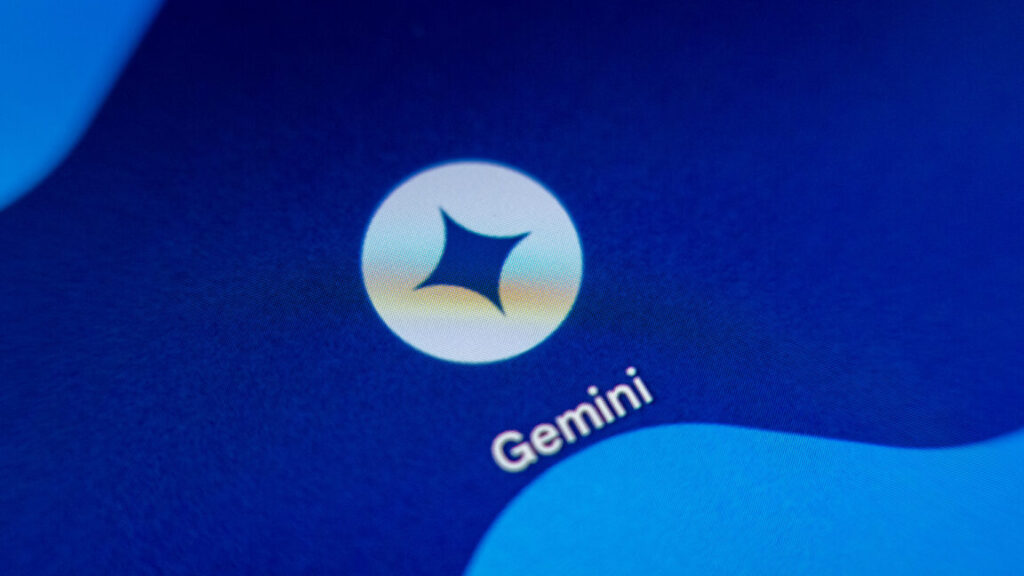OpenAI links up with Broadcom to produce its own AI chips
OpenAI is set to produce its own artificial intelligence chip for the first time next year, as the ChatGPT maker attempts to address insatiable demand for computing power and reduce its reliance on chip giant Nvidia.
The chip, co-designed with US semiconductor giant Broadcom, would ship next year, according to multiple people familiar with the partnership.
Broadcom’s chief executive Hock Tan on Thursday referred to a mystery new customer committing to $10 billion in orders.
OpenAI’s move follows the strategy of tech giants such as Google, Amazon and Meta, which have designed their own specialised chips to run AI workloads. The industry has seen huge demand for the computing power to train and run AI models.
OpenAI planned to put the chip to use internally, according to one person close to the project, rather than make them available to external customers.
Last year it began an initial collaboration with Broadcom, according to reports at the time, but the timeline for mass production of a successful chip design had previously been unclear.
On a call with analysts, Tan announced that Broadcom had secured a fourth major customer for its custom AI chip business, as it reported earnings that topped Wall Street estimates.
Broadcom does not disclose the names of these customers, but people familiar with the matter confirmed OpenAI was the new client. Broadcom and OpenAI declined to comment.
OpenAI links up with Broadcom to produce its own AI chips Read More »















